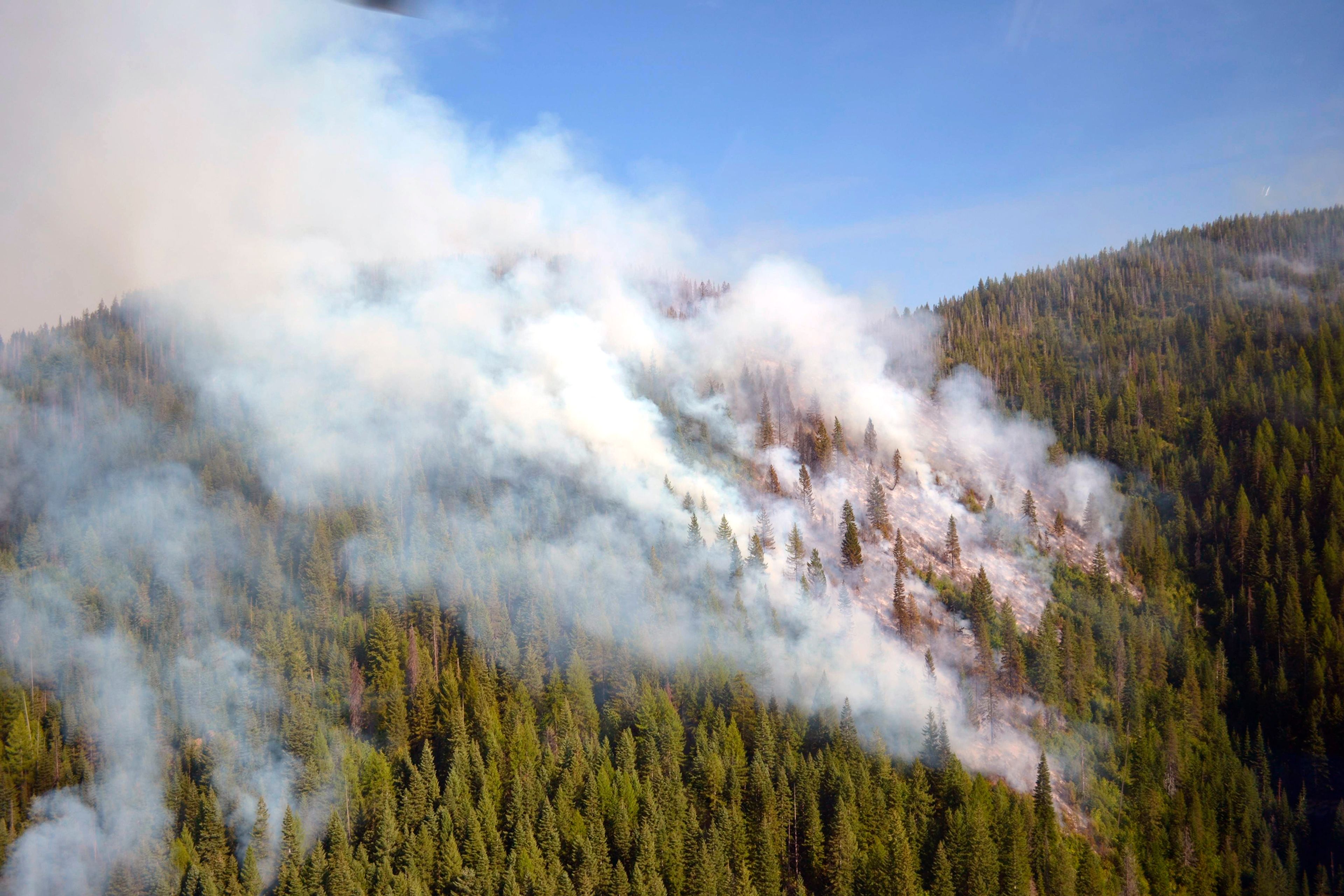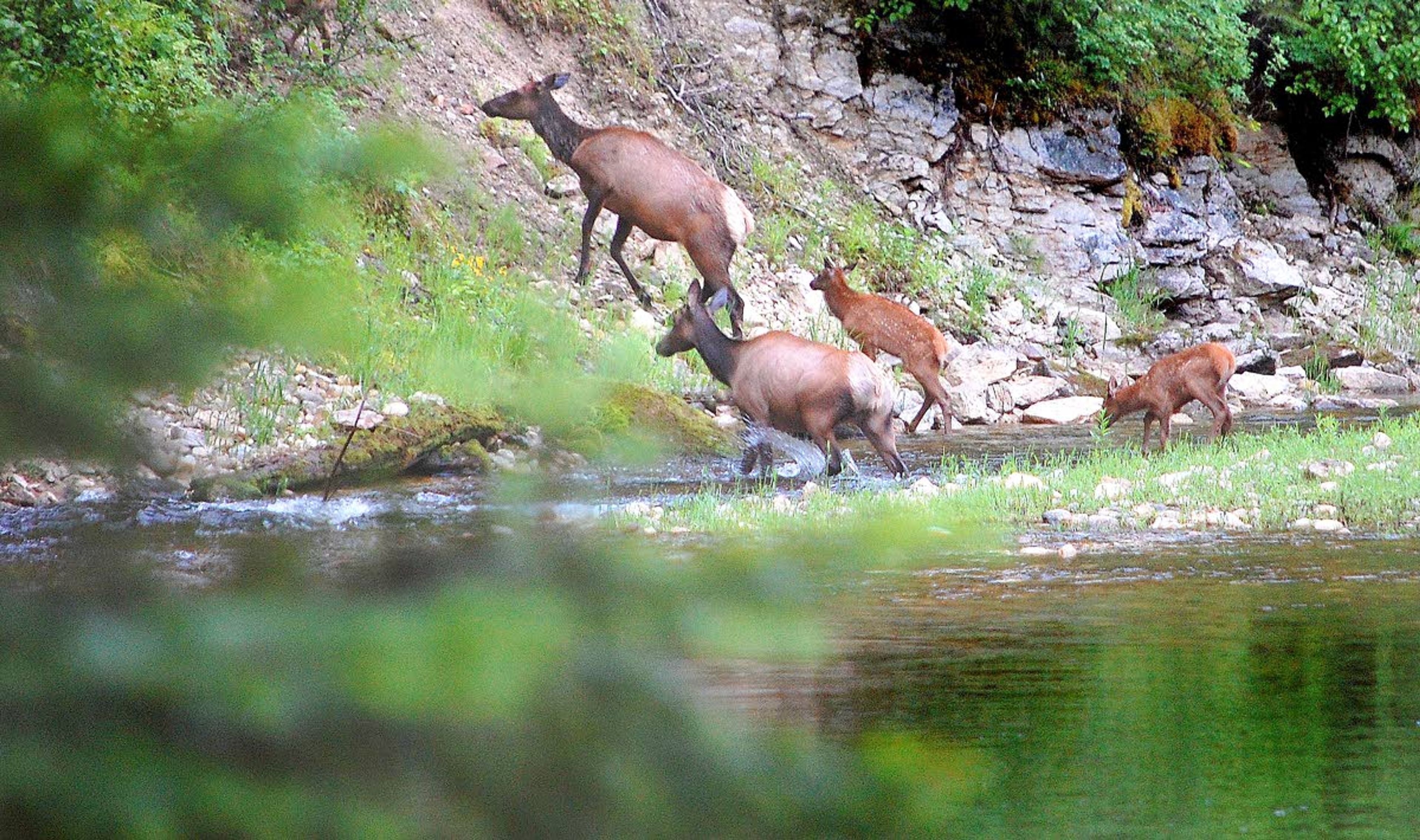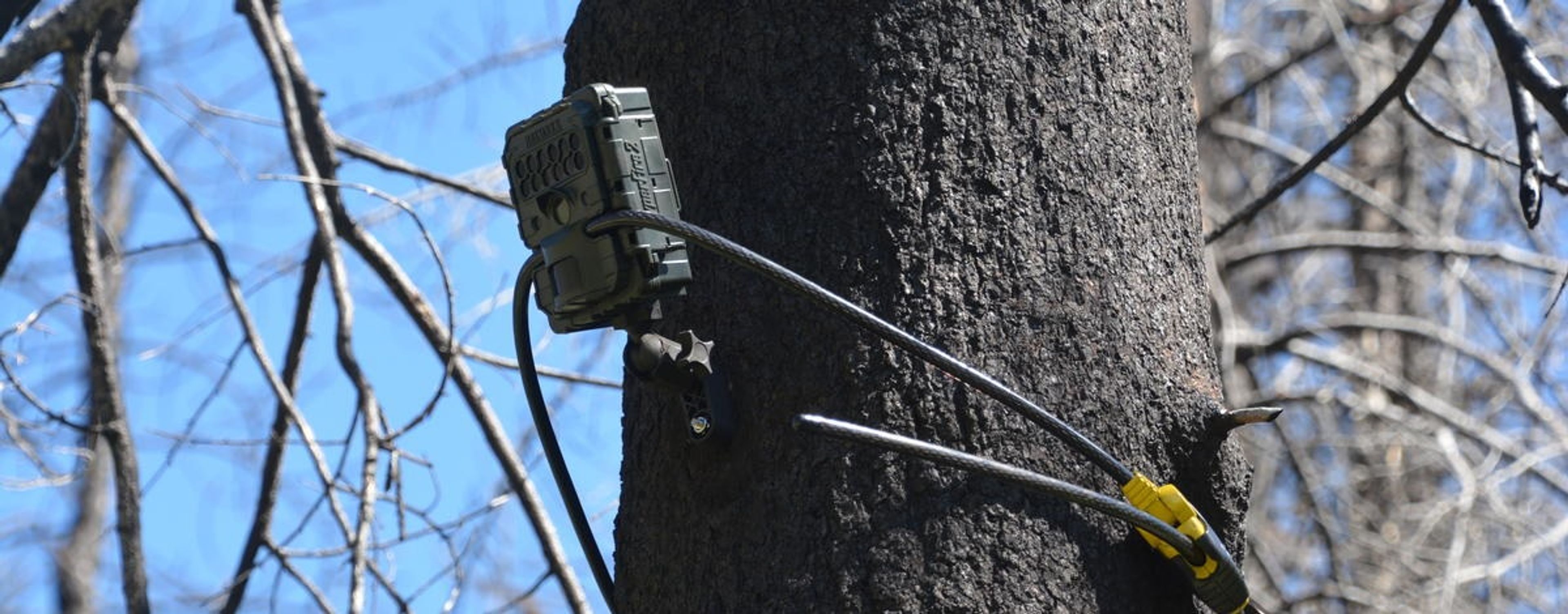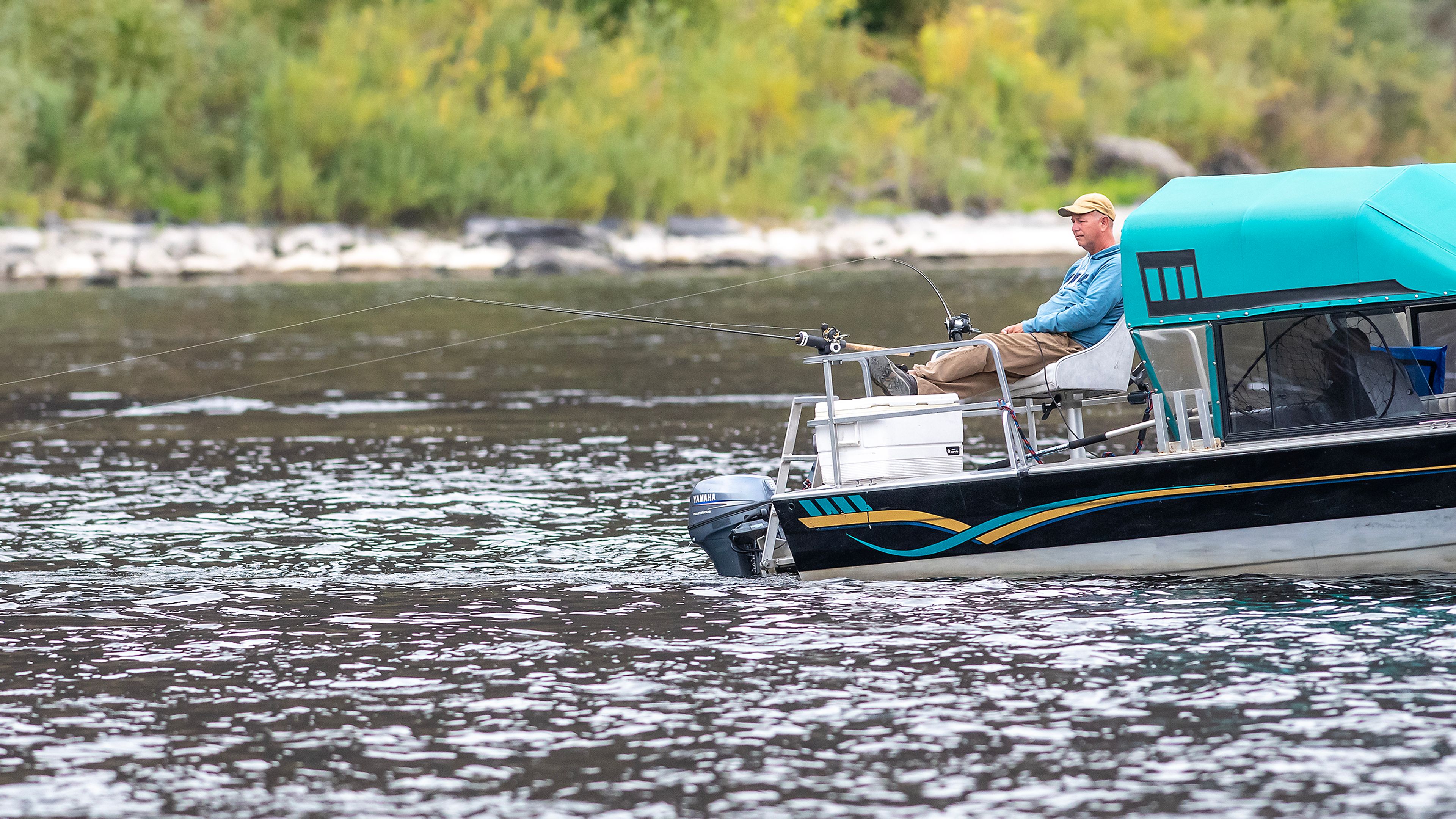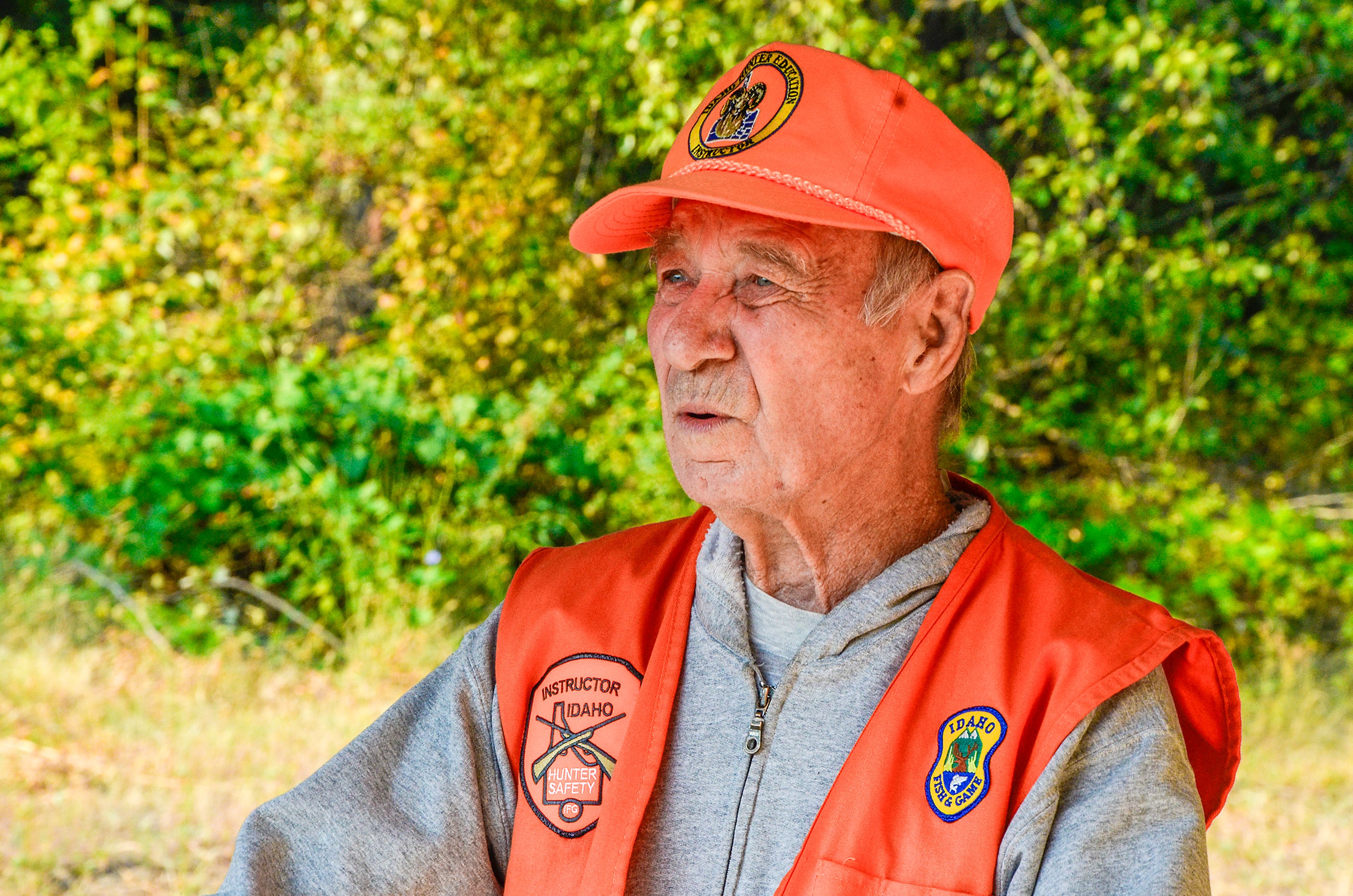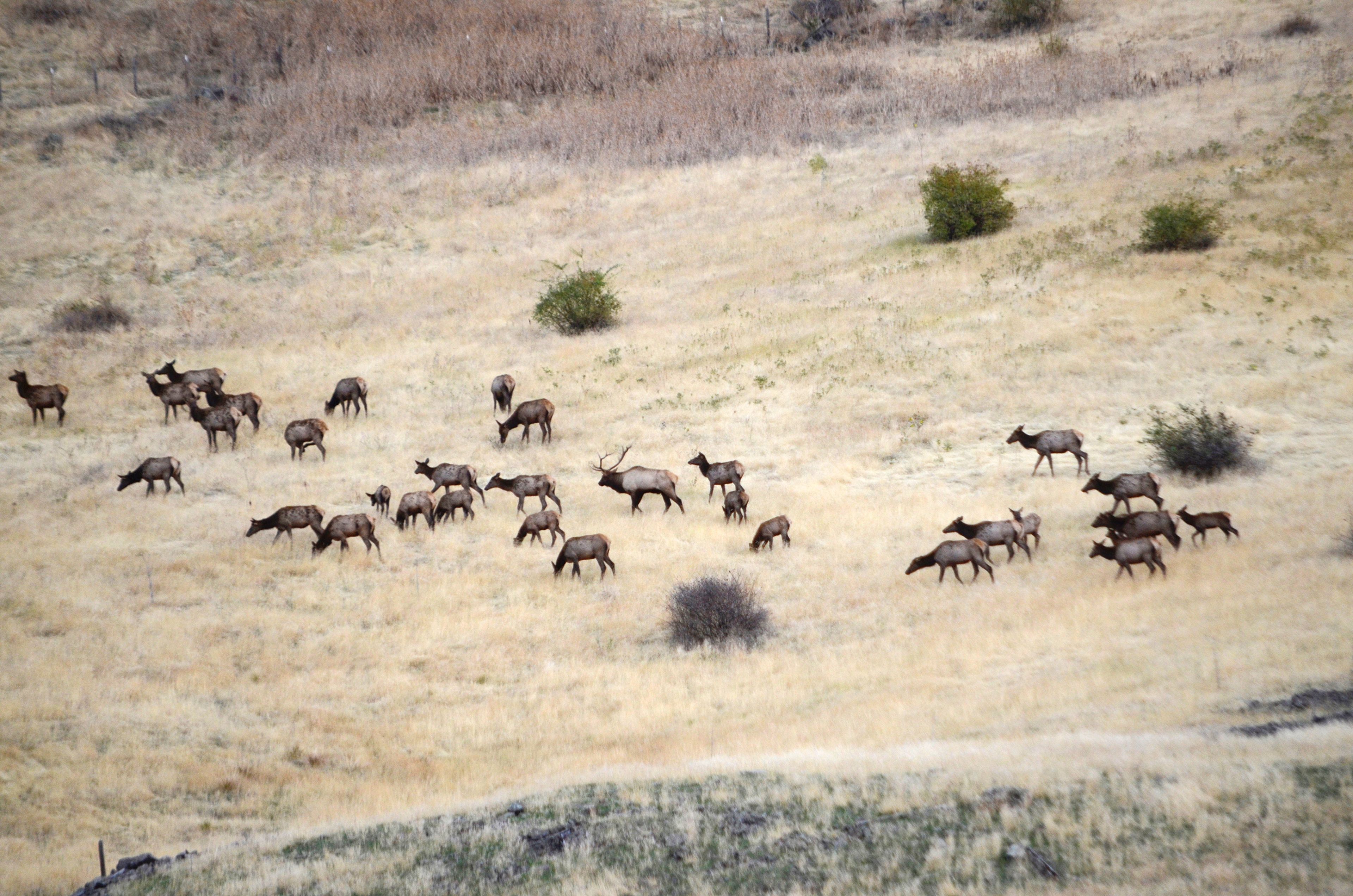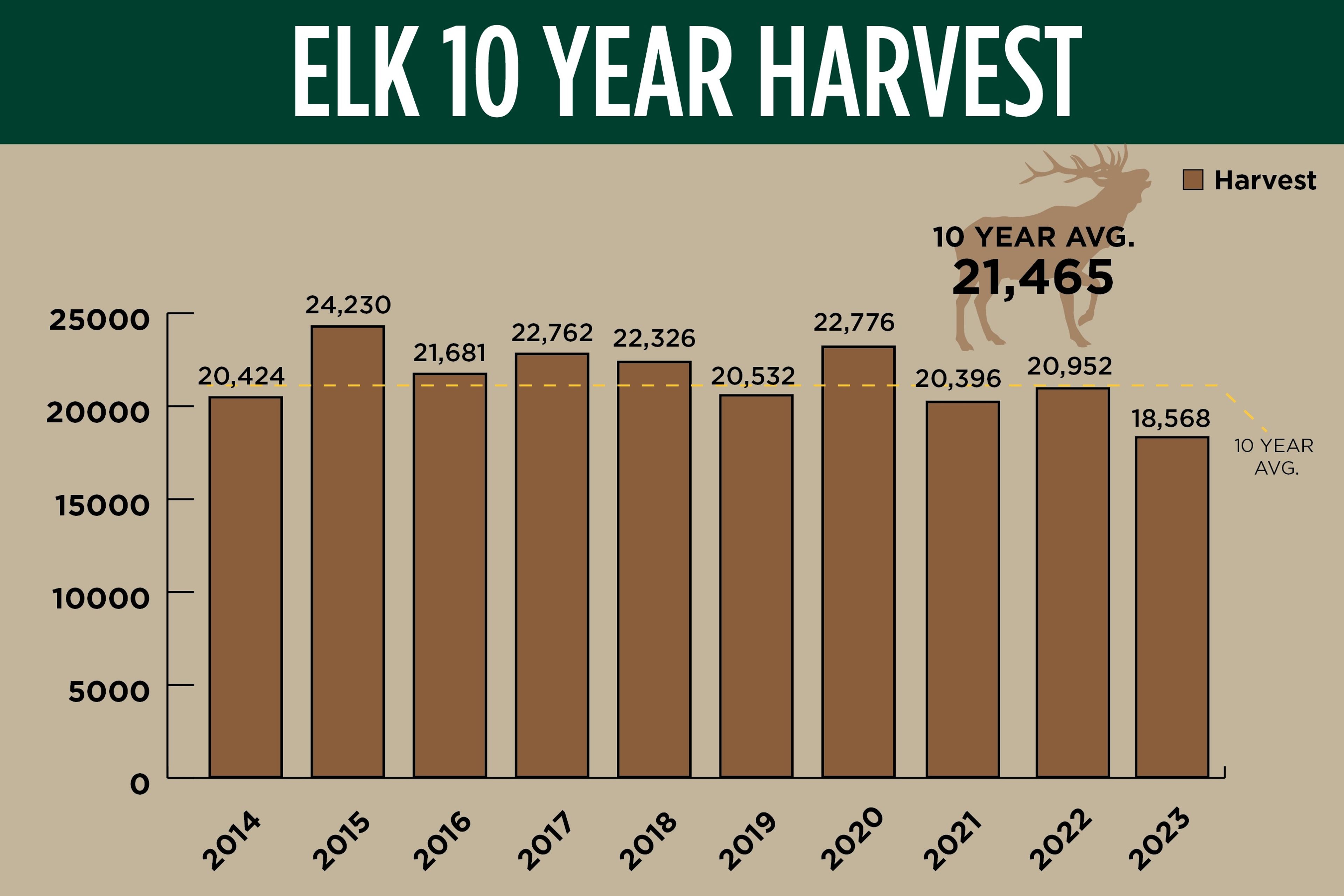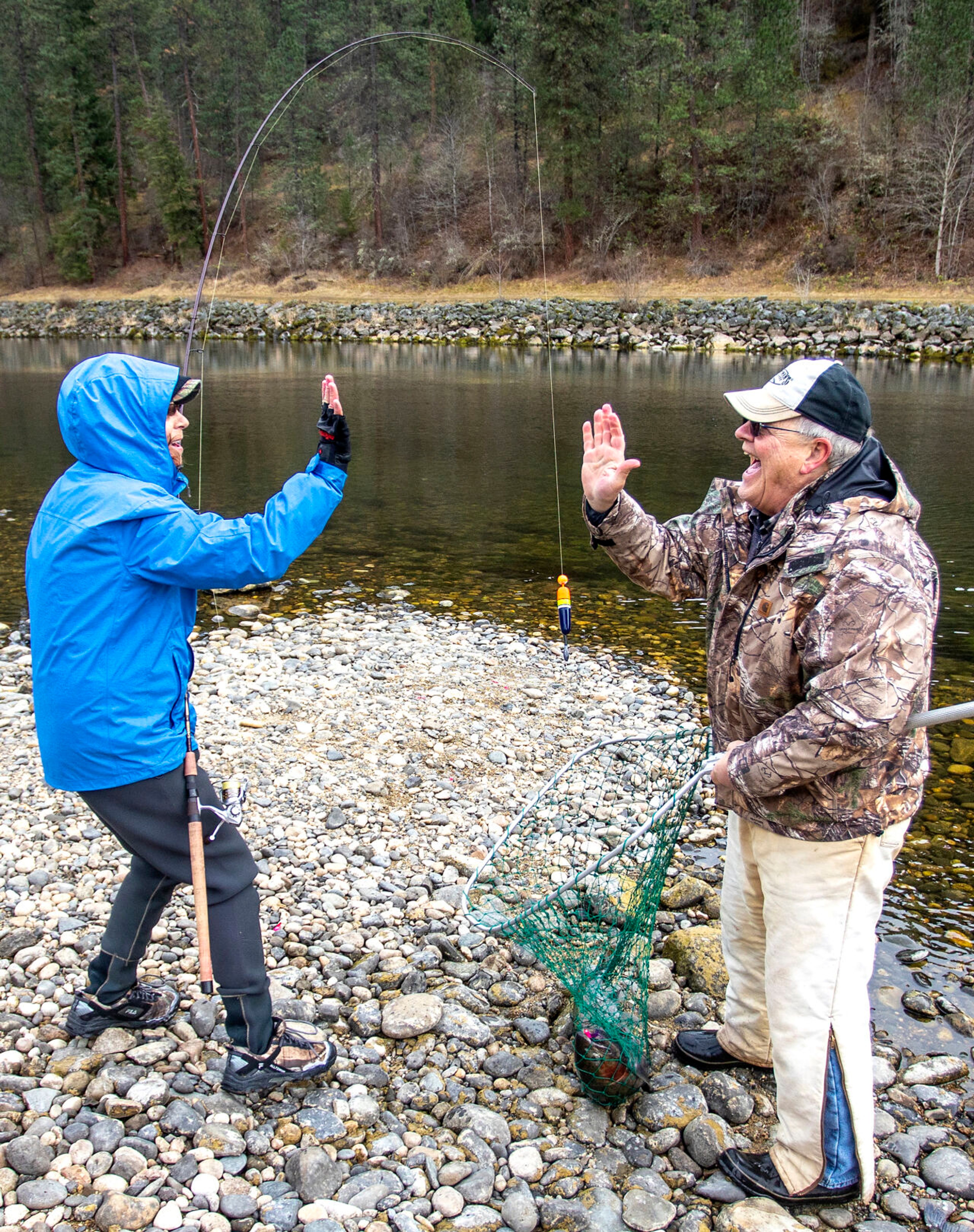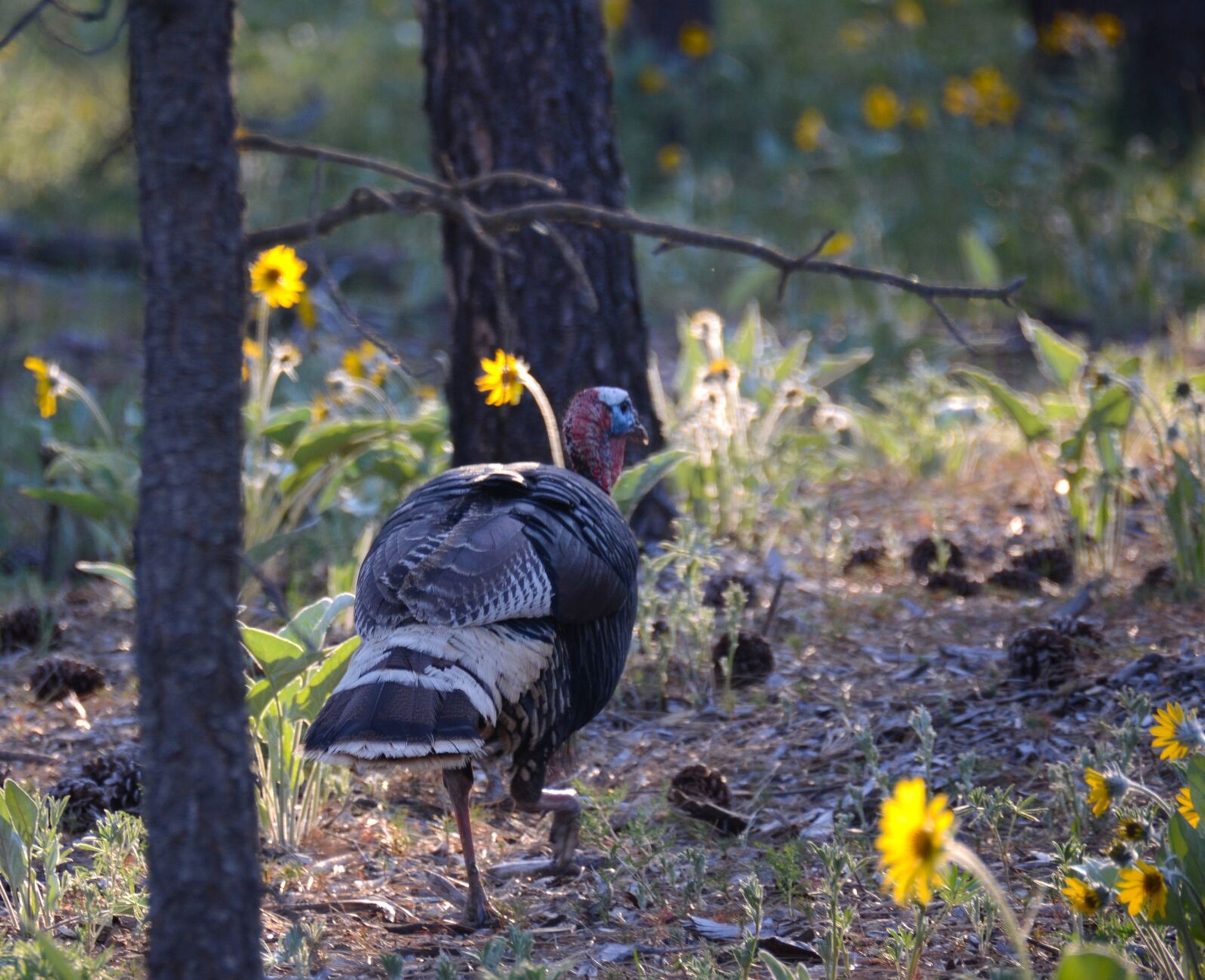The Idaho Department of Fish and Game and Nez Perce-Clearwater National Forest are working on several projects to improve conditions for elk and reduce wildfire risk.
One of those efforts, which has been done in cooperation with the Rocky Mountain Elk Foundation, has been to improve elk habitat on the North Fork of the Clearwater River.
The process to improve elk habitat has been “carefully timed to find a period of time when the moisture levels of fuels was low enough and temperatures were high enough to enable burning,” according to a Fish and Game news release.
Thirty-eight stands comprising 2,185 acres of ponderosa pine will be treated through a mixture of noncommercial trimming and prescribed burning. According to the news release, the project will “ensure the long-term persistence of ponderosa pines by reducing the risk of loss due to wildfire by reducing fuels.”
Elk numbers in the Lolo Zone began declining in the 1990s after what was once a landscape dominated by young forests and open brush fields started to age and become more dense.
The burning and thinning is designed to increase the amount of young forests, known as early seral habitat, and provide more nutrition for elk, moose and deer.
“This mixture of treatments will create a mosaic of new and old vegetation, providing diverse habitat within the forested system that is important to many wildlife species,” said Tara Ball, regional Fish and Game wildlife biologist in the news release. “(The Rocky Mountain Elk Foundation) has been a big proponent of doing good things for elk across Idaho, and is no stranger to the Clearwater Basin. It truly takes an integrated effort by all.”
Fish and Game and the Forest Service also partnered on the Little Boulder Project near Helmer and recently completed the second-phase of a multiyear plan designed to reduce fuels and restore forest conditions there. The agencies used machinery to grind and chop Douglas fir, grand fir and ponderosa pine trees and other vegetation in a process known as mastication on 171 acres.
“The goal is to remove the hazardous fuels component so that if there is a fire, ladder fuels will not allow ground fire into the overstory where it can do considerable damage,” saidDouglas Colaprete, assistant fuels management officer on the Palouse Ranger District.
The Forest Service used the Good Neighbor Authority, a program that allows state, tribal and local governments to complete work on federal land.
